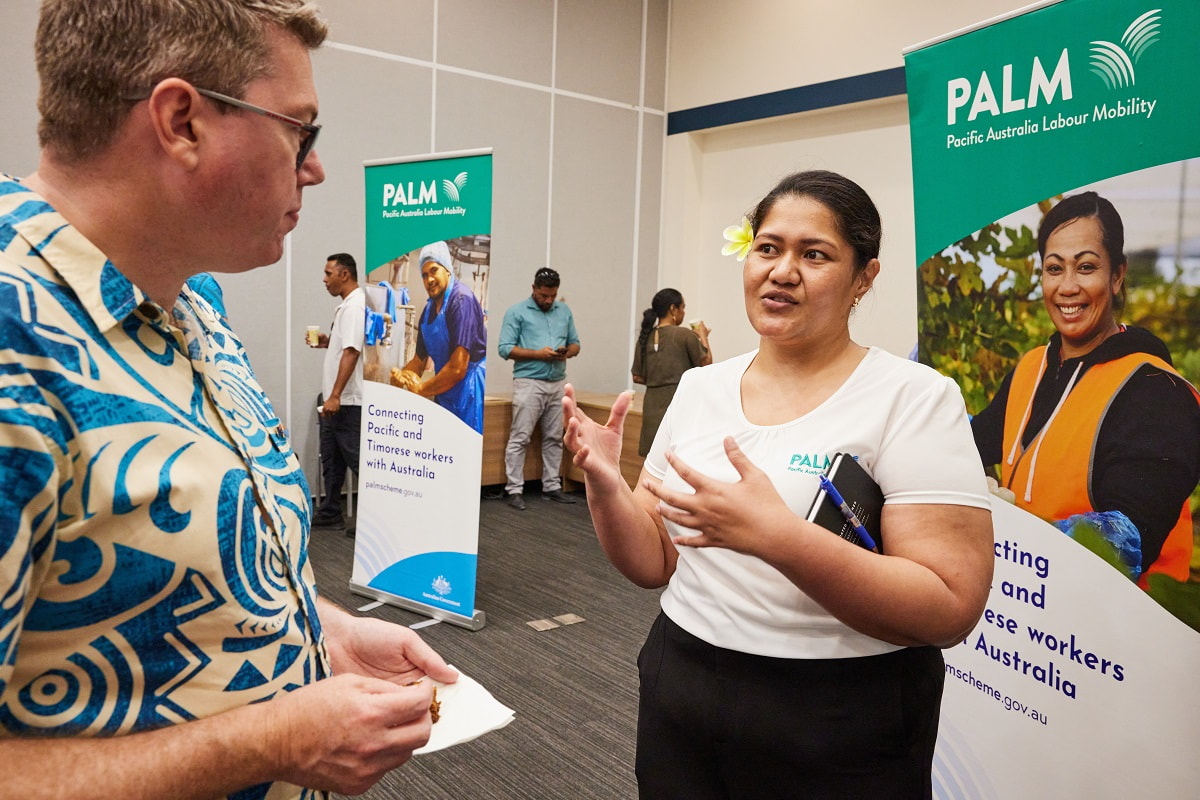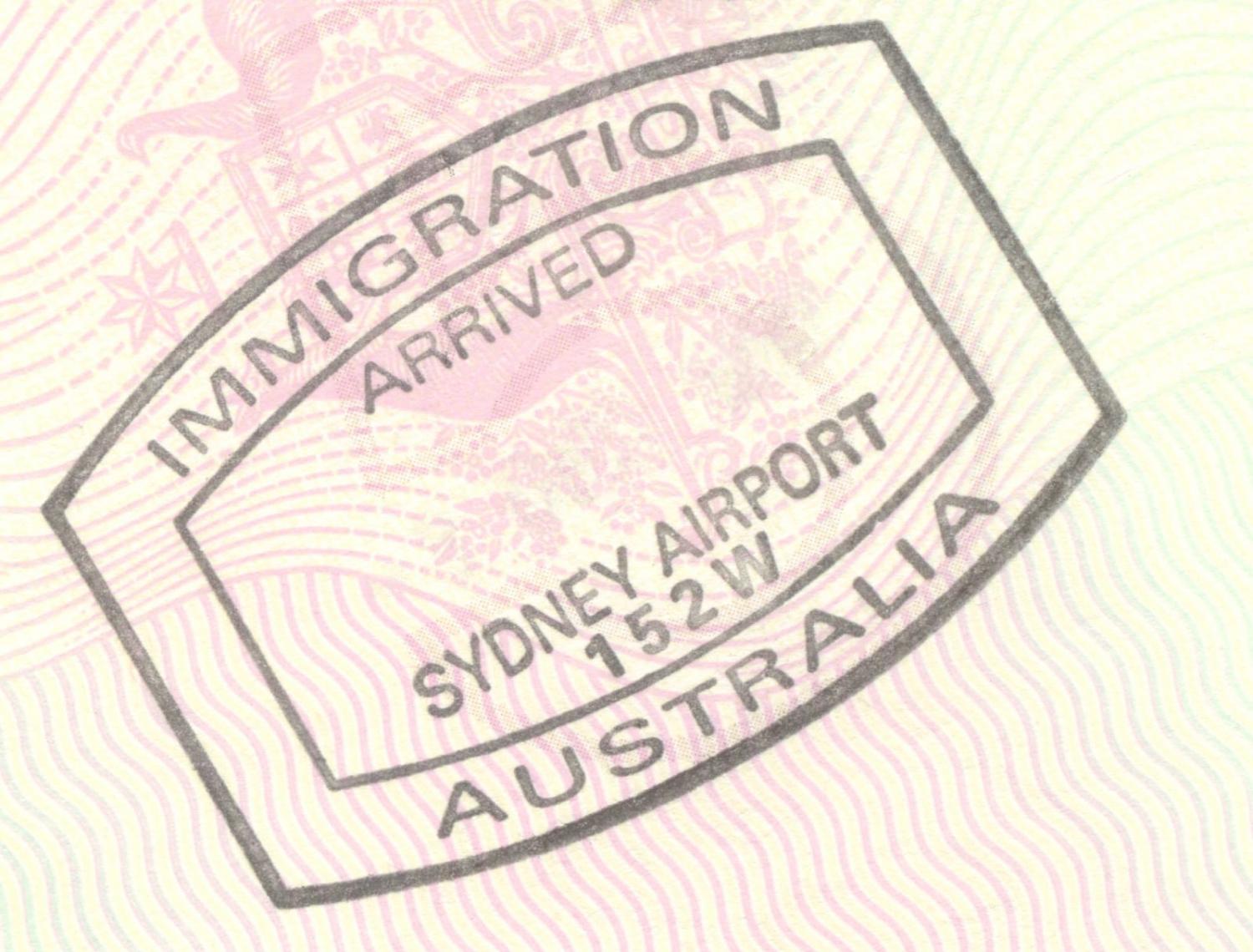Australia is surprisingly low-key about the recent launch of its new subclass 192 Pacific Engagement Visa lottery that aims to welcome 3,000 new permanent migrants annually from the Pacific and Timor-Leste.
Following immense fanfare two years ago, its missed commencement date in July last year, and after the long hiatus awaiting its enactment, the passing of enabling regulations for the visa scheme occurred last month.* With no public statement on country visa quotas or how numbers will be determined, the suspense continues.
The absence of a Pacific-led framework to guide fair allocation between countries looks like a misstep for Australia in its ambition to support families and migration opportunities to achieve a more peaceful, stable and prosperous region. The Pacific Mobility Index, whilst a concept in its infancy, is inspired by the Blue Pacific 2050 strategy. It consists of three core indicators: climate vulnerability, population, and social wellbeing. It offers an alternate visa allocation formula beyond the country pro-rata definition that preferentially favours the more populous countries such as Papua New Guinea and Timor-Leste.
Australia missed the opportunity at the 52nd Pacific Islands Forum leaders’ meeting to consult with Pacific Island Countries on the fair allocation of visas. It will need to adopt an inclusive and cooperative migration arrangement among its partner countries if it is to genuinely expand benefits and reap greater economic and social outcomes for the region. This will encourage continued engagement on the new visa scheme, which is subject to agreement from participating countries.
Growing the Pacific diaspora and generating economic wins through regional solidarity and harmony are key tenets of the PEV scheme that require careful and strategic allocation of Pacific migrants to Australia to ensure economic gains for the entire Pacific family. How many of the 3,000 visas will be allocated fairly by country pro-rata to populous countries such as Papua New Guinea versus climate-vulnerable countries such as Kiribati, Marshall Islands and Nauru remains unknown. Even the citing of climate change in the PEV narrative is relatively vague. This raises the question of Australia’s climate leadership and positioning as the first partner of choice for its Pacific family, especially towards its planned co-hosting of the COP31 climate summit with the Pacific, two years away.

At this stage, the PEV application process is contingent on country agreements before those eligible can enter a pre-application process or “ballot”, which is justified as an attempt to promote fairness and reduce bias (like the US green card lottery visa system). The online application fee stands at AU$25 (PGK63 or FJ$37). Citizens between 18 and 45 years of age are eligible to apply from the Federated States of Micronesia (FSM), Fiji, Kiribati, Nauru, Palau, Papua New Guinea, Republic of the Marshall Islands (RMI), Samoa, Solomon Islands, Timor-Leste, Tonga, Tuvalu and Vanuatu.
Whether Tuvalu remains eligible is debatable considering its separate allocation of 280 visas under the controversial Australia-Tuvalu Falepili Union treaty. Whilst the Falepili agreement is bilateral in nature, it triggers interest from other PICs, though it is unknown whether Australia will develop similar climate schemes for them or whether Tuvalu’s case is a one-time deal to ward off China.
There are other murky areas, too. Contention surrounds country eligibility for PICs with citizenship access to New Zealand via the Samoan Quota Resident Visa and Pacific Access Category Resident Visa (Kiribati, Tuvalu, Tonga, and Fiji) and to the United States via US Compacts of Free Association (FSM, RMI and Palau).
Lucky ballot winners of the Pacific Engagement Visa will gain immediate access to benefits such as tertiary student loans, family tax benefits, childcare subsidies and Medicare, while unlucky applicants may perceive the PEV as a preferential visa favouring Papua New Guinea and Timor-Leste. With limited knowledge of success rates for job offers, the most challenging aspect of the visa will be demonstrating a job offer. Australia may find itself re-drawing from the ballot until desired quotas are achieved.
On the bright side, chances are higher for at least 35,000 Pacific Island workers in Australia who can capitalise on existing employer relations under the Pacific Australia Labour Mobility (PALM) scheme. Countries such as Kiribati and Papua New Guinea, who have among the lowest participation rates in the PALM scheme, may be severely disadvantaged.
So, what is next? While Fiji is fully aware and prepares to commence its inaugural round of PEV applications, Kiribati, PNG, and other PICs remain quiet and ill-prepared. The government of Kiribati has confirmed it will defer response to the visa pending more consultation time. In response to email inquiries, Foreign Secretary Uering Iteraera said, “It’s a rushed process … government received the official invitation from Australia on 19 December 2023 and required to confirm acceptance by 31 January 2024 – migration is a big undertaking, we want to consult, educate our people properly”. This may set off a chain reaction among many other PICs who share sentiments regarding the real purpose of the PEV scheme.
Could the deafening silence from other PICs suggest an absence of interest in jumping onto the PEV bandwagon as a matter of priority? Or is this a signal to Australia from the Pacific that the PEV could be judged as yet another tool of geopolitical convenience deployed under the guise of helping the Pacific? The dearth of consultation for the PEV scheme across the Pacific will reflect negatively on Australia’s Pacific diplomacy, notably where China has a strong foothold.
Given the highly competitive nature of the PEV lottery, the Australian government must demonstrate its genuine intentions to unite the Pacific and incorporate a Pacific Mobility Index framework to strategically guide the allocation of numbers in the scheme.
* This story has been corrected following publication to change the title and words “soft launch” to “regulations passed” to reflect the status of the process.


